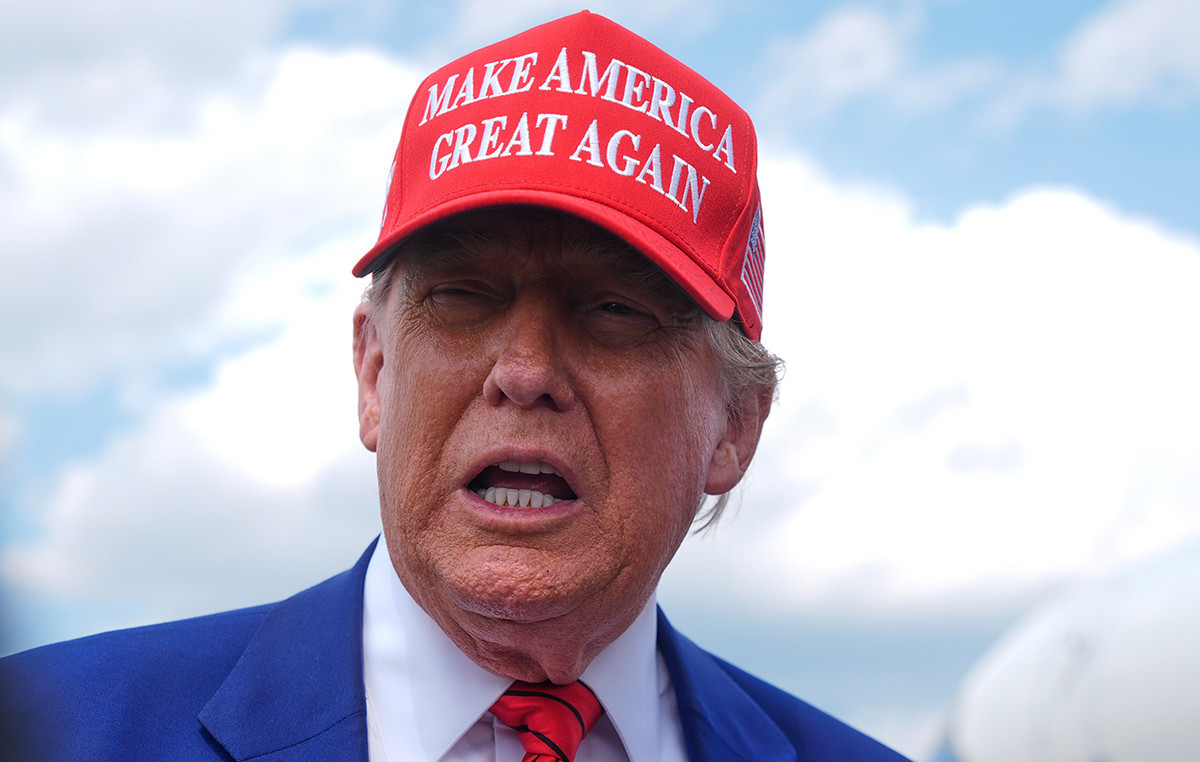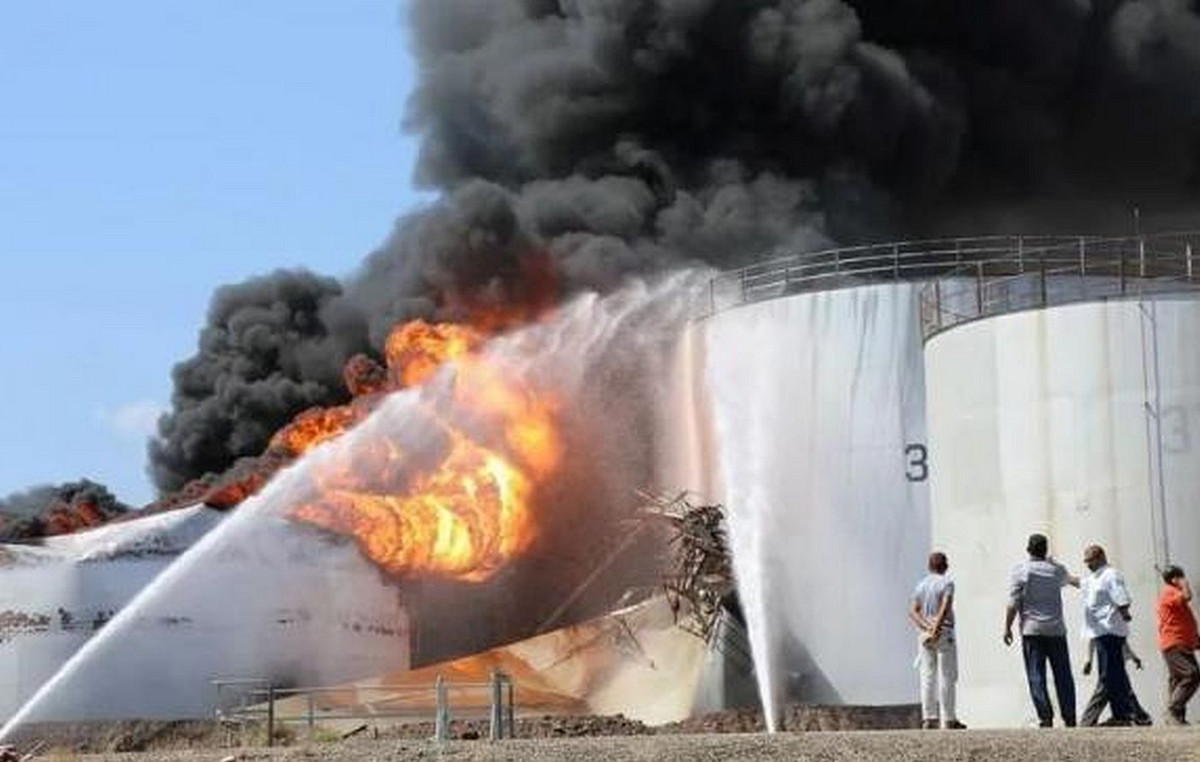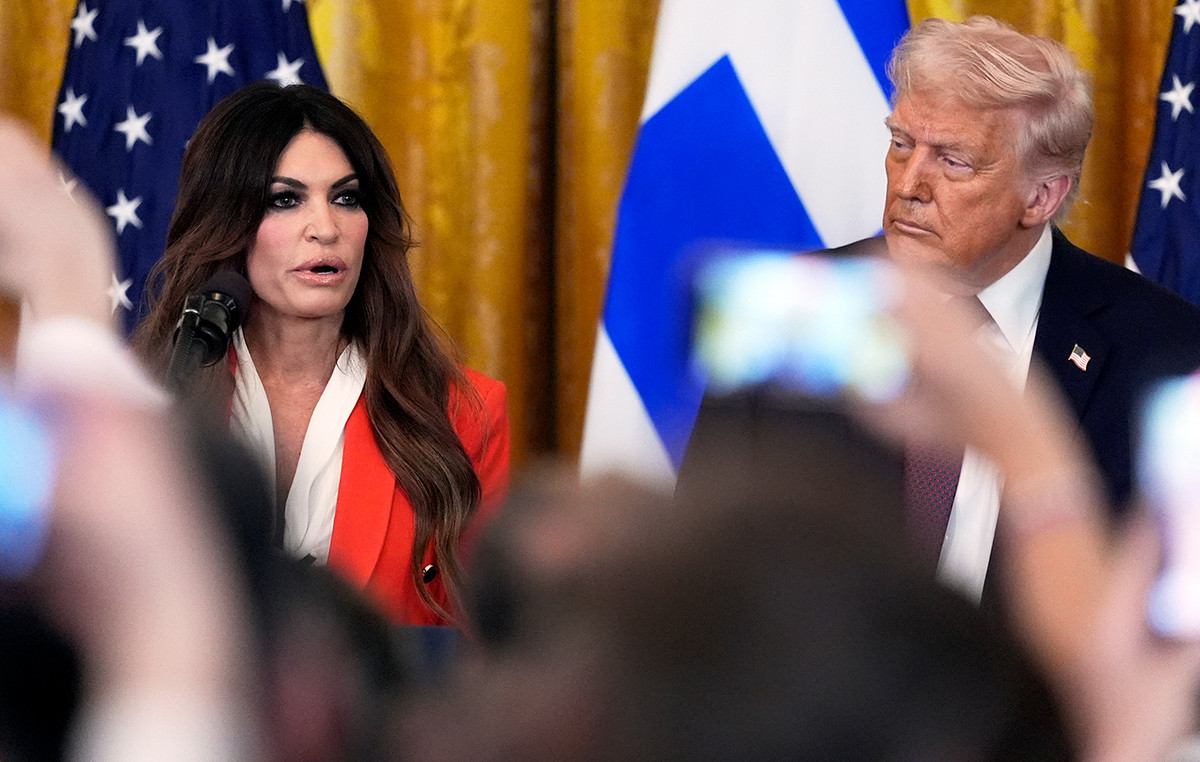Ibovespa closed down 0.15%, to 105,529.50 points, this Thursday (13), after showing strong volatility throughout the day. Investors paid attention to fiscal concerns and followed the external market.
Oil companies, banks and meatpackers supported the local index, while mining and steel companies, as well as retailers and companies linked to the technology sector were on the opposite side.
At the same time, the dollar ended with devaluation of 0.13%, quoted at R$ 5.528. The US currency went through highs and lows throughout the afternoon, and ended the day at the lowest value since November 17 of last year (R$ 5.526), still in the midst of a global correction in the United States currency as a result of of debates on the Fed’s next monetary policy steps.
The possibility that the federal government will increase spending amid the demand for a readjustment by public servants remains on the radar of investors, due to the risk of fiscal uncontrol.
Federal public servants organize themselves to carry out a possible strike on the 18th. The movement, supported by 37 associations and unions, aims to pressure the government for a salary readjustment and threatens to promote an indefinite strike in February, if it is not met.
Amid the protests, the Minister of Economy, Paulo Guedes, will have a meeting at the end of this Thursday with the president of the National Union of Tax Auditors of the Federal Revenue (Sindifisco), Isac Falcão.
Another point of attention for the market is the decree signed by the President of the Republic, which gives power to the Civil House to execute the budget. Analysts believe that the measure weakens the Minister of Economy, Paulo Guedes, and gives more power to the center in an election year, which brings more pressure to public spending.
Rooms are down to B3
Here are Thursday’s highlights:
biggest highs
- Marfrig (MRFG3) +5,18%
- PetroRio (PRIO3) +3,09%
- Santander (SANB11) +2,94%
- Petrobras (PETR3) +2.42%
- JBS (JBSS3) +1.73%
biggest casualties
- Banco Inter (BIDI11) -9.87%
- Locaweb (LWSA3) -8.38%
- Grupo Natura (NTCO3) -5.09%
- Drogasil Streak (RADL3) -4.98%
- Meliuz (CASH3) -4,83%
Nasdaq
With Fed policies, the ten-year US Treasury yield becomes more attractive to investors. Which, consequently, drives Wall Street indexes down, especially technology stocks. Bond yields rise as prices fall. The Nasdaq closed down 2.51%,
Higher yields can reduce the appeal of future earnings promised by many securities. When the ratings go up, investors often revalue the technology assets in the portfolio. And so the market moved on, taking profits on Nasdaq shares on Thursday, said Sameer Samana, senior global market strategist at the Wells Fargo Investment Institute in St. Louis.
“We’ve had a good rebound on the Nasdaq over the past few days, so there could be some lingering jitters around Fed interest rates and some profit taking, especially ahead of corporate earnings,” the strategist said. And this movement of the international market also reflected the performance of the Ibovespa today.
The benchmark 10-year US Treasury yield fell to 1.709% from 1.724% on Wednesday. It remains well above the 1.496% at which it ended 2021.
Jerome Powell
The Fed chair said on Tuesday that the US economy is ready for a tighter monetary policy, but that it could take several months before policymakers make a decision on a balance sheet reduction of about $100. 9 trillion. Even so, the market already expects an interest rate hike in March.
Higher interest rates further increase the attractiveness of US Treasuries, which are naturally welcomed by investors due to their safety. The bullish outlook leads to capital outflows from other markets, such as Brazil.
And Wells Fargo, for example, expects the Federal Reserve to raise rates four times this year, the private bank said on Thursday, downgrading its 2022 growth forecast for the world’s largest economy amid growing threats from the Omicron variant. .
Wells Fargo economists project the first rate hike in the US as early as March, when the Fed is also expected to end its monthly bond-buying program, followed by hikes in all subsequent quarters of this year.
The data from the United States opened space for the entry of buyers of the US currency.
Covid-19
And the coronavirus is yet another point of attention for investors. According to Ativa Investimentos, “with more than 3 million new cases in the last 24 hours, the markets continue to reflect the advance in the number of infected by covid-19 around the world”.
Last Tuesday, the planet set a new record for the daily record of cases, according to the Our World in Data platform. There were a total of 3.28 million new infections by the coronavirus, and it is the first time that the daily pandemic record exceeds 3 million.
The mark surpasses the previous record, reached on the 5th, when 2.59 million cases were registered in one day.
*With information from Reuters and Priscila Yazbek, from CNN Brasil
Test your knowledge about the Ibovespa
Let’s start with an easy one: what is the Ibovespa?
Who is responsible for calculating the Ibovespa?
What types of assets are eligible to be listed on the Ibovespa?
Which of these is NOT a criterion for a stock to enter the Ibovespa
How many shares are currently in the Ibovespa theoretical portfolio?
How often is the Ibovespa theoretical portfolio reviewed?
What is the most important stock on the Ibovespa?
What is the smallest share on the Ibovespa?
Each Ibovespa point is equivalent to 1 real. This statement is
What is the historical record for closing the Ibovespa?
Try again!
Tip: follow CNN Business to understand more about Ibovespa
Nice job!
You know a lot about the Ibovespa, but you could know a little more
Sensational!
Congratulations! Are you an Ibovespa expert?
Reference: CNN Brasil
I am Sophia william, author of World Stock Market. I have a degree in journalism from the University of Missouri and I have worked as a reporter for several news websites. I have a passion for writing and informing people about the latest news and events happening in the world. I strive to be accurate and unbiased in my reporting, and I hope to provide readers with valuable information that they can use to make informed decisions.







